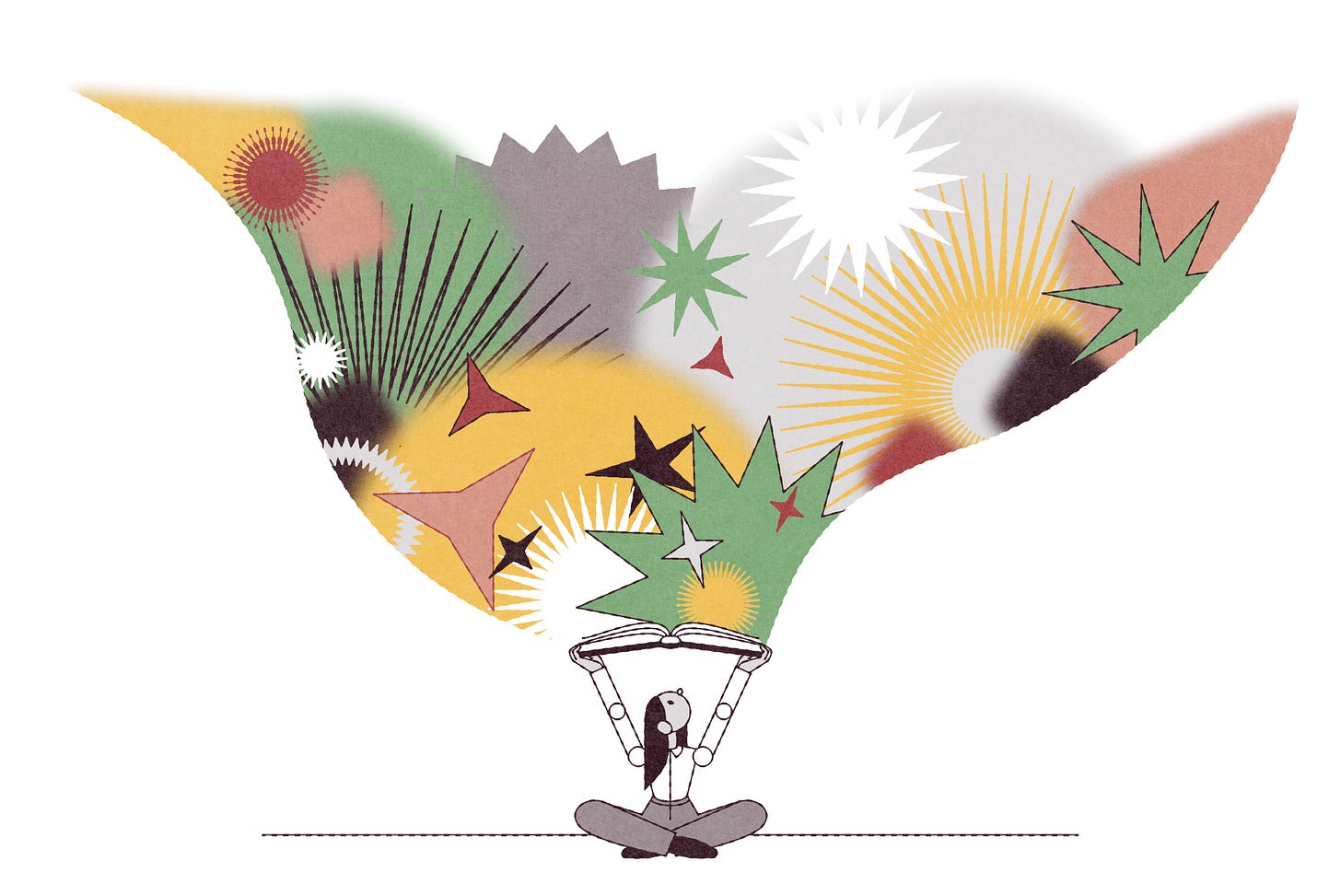5 Ways to Craft Vivid Imagery (and 5 Common Mistakes to Avoid)
The Fundamentals of Figurative Language Collection — with Kelly Grace Thomas

Hi, Forever Workshoppers!
In today’s Crafting Fierce & Flawless Figurative Language lesson, we will be working on imagery, which allows our readers to walk around — touch, taste, see, hear, smell — the world of our words.
Imagery paints a vivid and memorable picture in the reader’s mind by using sensory details (descriptions that engage the five senses). While some consider imagery and sensory detail to be interchangeable, others view imagery as the effect of sensory detail. During this lesson, we will use imagery to help the reader experience our words.
Like any aspect of our writing, we want our imagery to feel fresh and exciting for the reader; the more unexpected the imagery, the more the reader will hold their breath, lean in, and keep reading. If a picture is worth a thousand words, then an unexpected image is worth a million.
Why is Imagery Important?
Imagery is one of the most important parts of writing because it helps the reader actively participate in the world the author is building and how the speaker or narrator sees it. Writers use objects or images to represent ideas or emotions. If you have ever heard the old adage “show, don’t tell,” imagery is the “show.”
And now a quick history lesson. Funny enough, imagery and sensory detail weren’t always as present in writing, and early poetry was far more abstract than it is today. It wasn’t until the Imagist movement in 1912 that poems began to include concrete visual images.
The famous poet William Carlos Williams was largely responsible for this shift in writing. Williams is perhaps best known for saying that there are “no ideas but in things,” a concept best exemplified in his 1923 poem The Red Wheelbarrow. As an Imagist poet, he believed that poets should use concrete images and everyday language.
Before we talk about how to make our imagery fierce and unforgettable, let's talk about some things we should avoid that water down our images and their impact…
Common Flaws with Imagery




